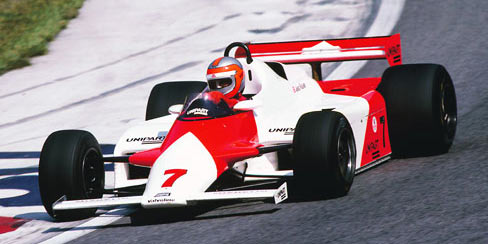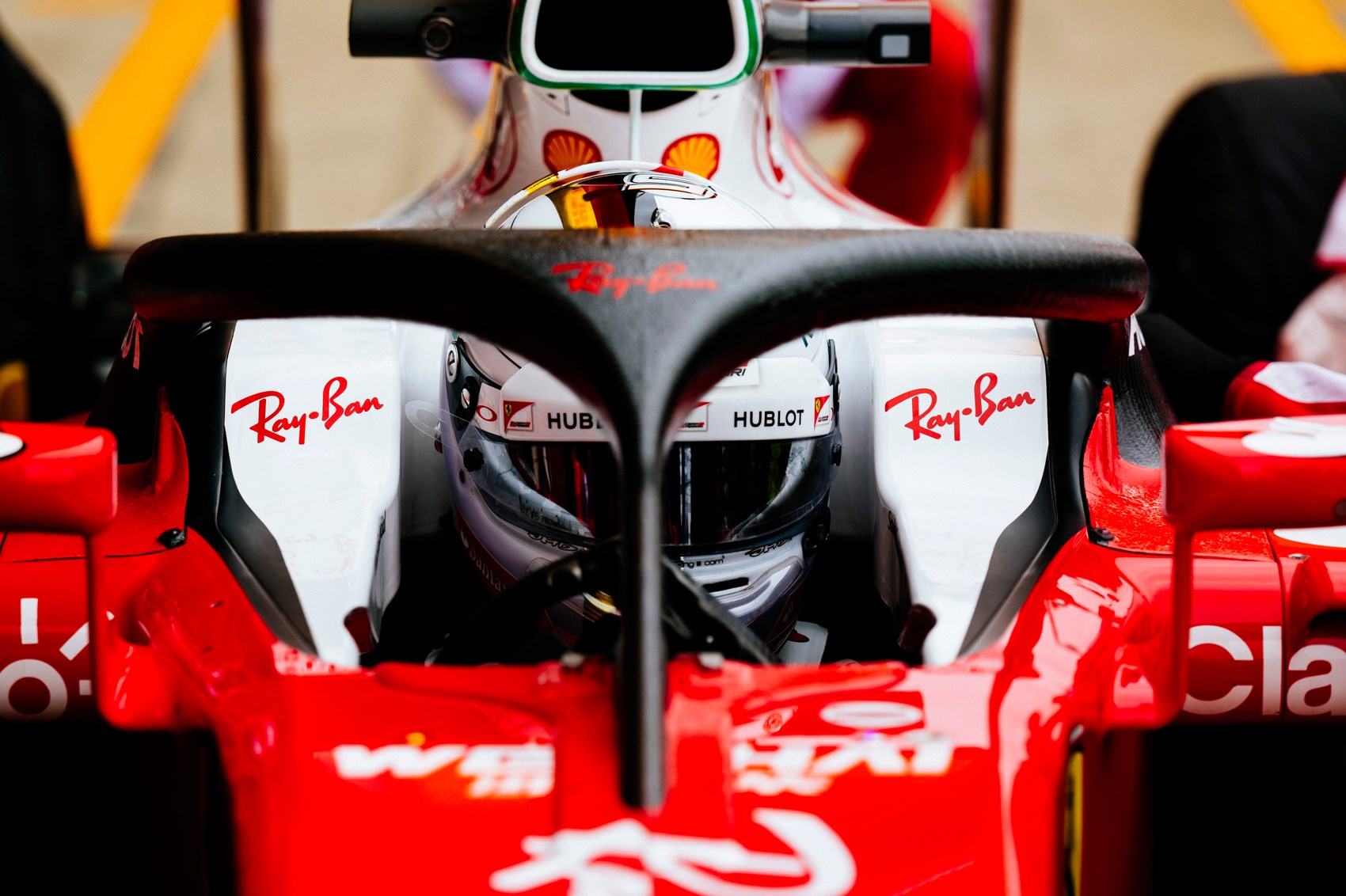From being made of aluminium and steel frames to the modern day carbon fibre monocoque, the chassis of an F1 car has seen some of the biggest developmental changes since the first Grand Prix in 1950.
The area of the car known as the chassis contains several parts, including the monocoque, where the driver sits; the suspension of the car and the sidepods. These significant pieces make the chassis the most important part structurally to an F1 car, especially in terms of driver safety.
Car safety

The Formula 1 car’s chassis development has been a major point in the improvement of driver safety. The cars of old were made from aluminium and steel tubs, often being compared to being a bomb on wheels.
Drivers would not be wearing seatbelts and not be wearing fire proof suits or helmets that you see today meaning any major crashes would often result in serious injuries.
Again, legendary designer Colin Chapman came up with a monocoque chassis in 1962 which was first used on his Lotus 25. This created a stiffer shell to protect the driver as it was made by a single aluminium sheet.
This later developed into the 1980s when McLaren became the first to employ a full carbon composite monocoque with its MP4/1, designed by John Barnard.

Carbon fibre is an extremely important when making an F1 car. It has the highest strength and stiffness per density than any other material, making it a key part in the improvement of driver safety.
Strengthened today using materials such as zylon, a bulletproof material that does not shatter, and shrapnel to further improve driver safety, the carbon fibre monocoque is able to last massive impacts and protect the driver. In perspective, zylon is almost twice as strong as kevlar, the material used in bulletproof clothing.
Sadly, whilst driver safety can never be wholly ensured, the best has been done to make sure even in the most extreme scenarios that a driver’s life is saved. The introduction of the halo in 2018 is the most recent introduction to improve driver safety.

The halo is a safety device that prevents large objects from entering the cockpit of the car, such as a wheel or even a car going over the top over another in an incident. This has already saved numerous lives, most noticeably Romain Grosjean at the Bahrain Grand Prix in 2020.

Suspension
The suspension of an F1 car has one key job-keep the tyres of the car stuck to the surface to make sure the car has sufficient grip at all times.
However, whilst on a normal road car the use of springs is sufficient enough to dampen the bumps along a road, on a F1 car, in order to maximise mechanical grip, it uses push or pull rods which minimises any negative aerodynamic effect they create.
Push rods dampen any bumps by pushing into something called a rocker as the suspension is compressed. A rocker is a lever that transfers the compression force of the push rod into a bar in the front nose of the car. Pull rods just work in the opposite way of push rods.

Whilst the suspension of an F1 car has not seen any sort of major revolution compared to other parts of the car, it is a key factor to how an F1 car can carry speed in corners despite bumpy track surfaces, especially at street tracks such as Monaco.
Sidepods
Sidepods both serve as an aerodynamic and safety device on an F1 car. When following a car, turbulent air is produces, also known as dirty air. Dirty air causes downforce loss which means a car cannot go through corners as quickly as the car in front.
Sidepods disrupt and channel this air meaning the car can follow behind another more effectively. In addition to this, they are used to guide air into the engine cooling it down through air inlets.
As a safety feature, sidepods protect the car like the front wing does, absorbing forces during impact in order to protect the driver and prevent any contact with the engine, causing fuel spillages which can cause potential fires.

